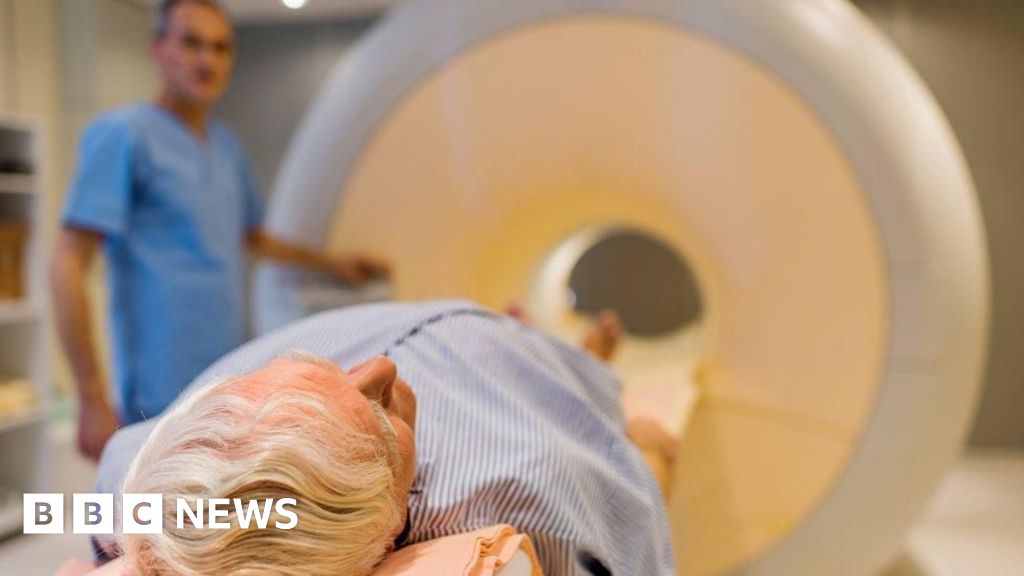Prostate Cancer Treatment
The NHS is treating around 5,000 men per year for prostate cancer that may never harm them, according to a charity. While most cases of prostate cancer require treatment, about one in four men with slowly growing cancer can choose regular surveillance to avoid the side effects of operations and radiation therapy, such as incontinence and erectile dysfunction.
Current Diagnosis and Treatment
Around 6,500 men out of the 56,000 diagnosed with prostate cancer in Great Britain each year choose surveillance. However, an analysis by a charity suggests that another 5,000 men could benefit from this approach. The charity organization blames outdated guidelines for the lack of surveillance offered to these men.
Guidelines for Prostate Cancer Treatment
The National Institute for Health and Care Excellence (Nice) recommends that monitoring with blood tests and scans should be offered to the lowest risk cases in England and Wales, where nine out of ten men have no signs of spreading cancer within five years. However, investigations suggest that this could be extended to the next lowest risk group, in which eight out of ten men have no signs of spreading cancer.
Over-Treatment Rates
Findings indicate that many hospitals have monitored this broader group of patients, but not a quarter. According to the analysis of data in England, this seems to have led to over-treatment rates between 2% and 24% in various hospitals. The charity estimates that this leads to the treatment of around 5,000 men per year who may not always need it, instead of monitoring.
Patient Choice and Screening
Part of this over-treatment may be due to patient choice, as men generally receive the option of treatment, even if they are at low risk. However, if the NHS were more active in offering surveillance, this could help to strengthen the case for prostate cancer screening. An argument against screening is that the prostate-specific antigen blood test is unreliable and leads to unnecessary treatment to recognize potential signs of cancer.
Reducing Damage and Unnecessary Treatment
To reduce the damage caused by prostate cancer and build the foundations for a screening program, it is essential to save lives and prevent unnecessary treatment. Updating guidelines to reflect emerging evidence is crucial in achieving this goal. By offering surveillance to more men, the NHS can help reduce over-treatment rates and improve patient outcomes.

